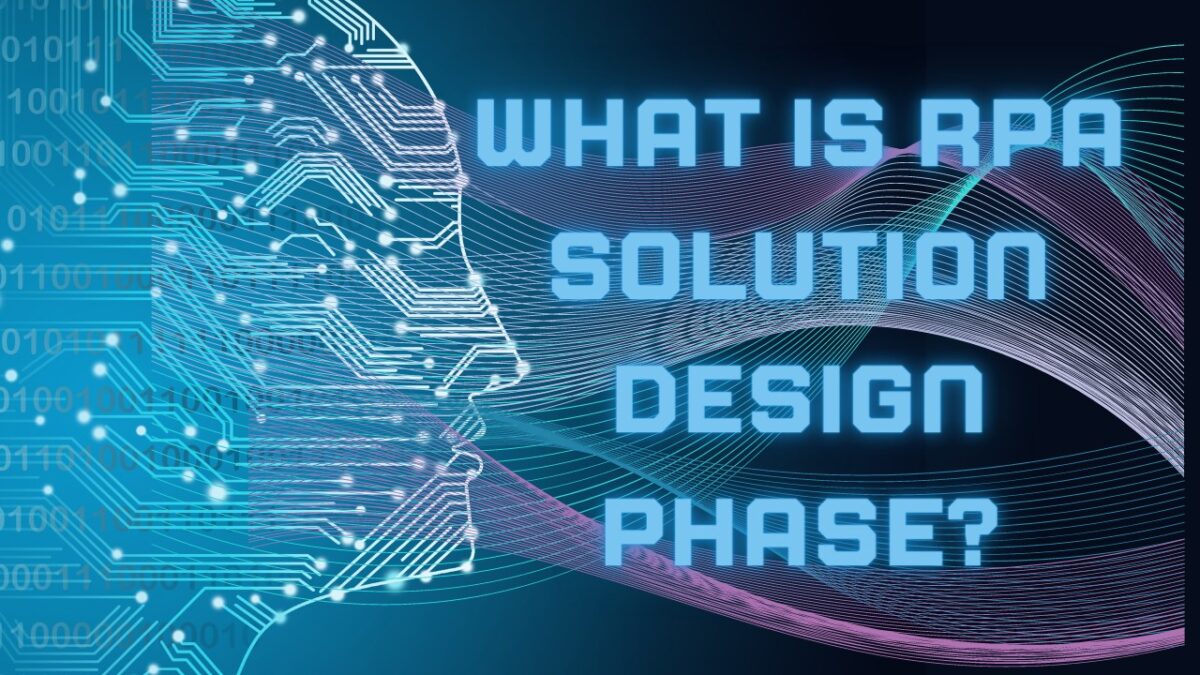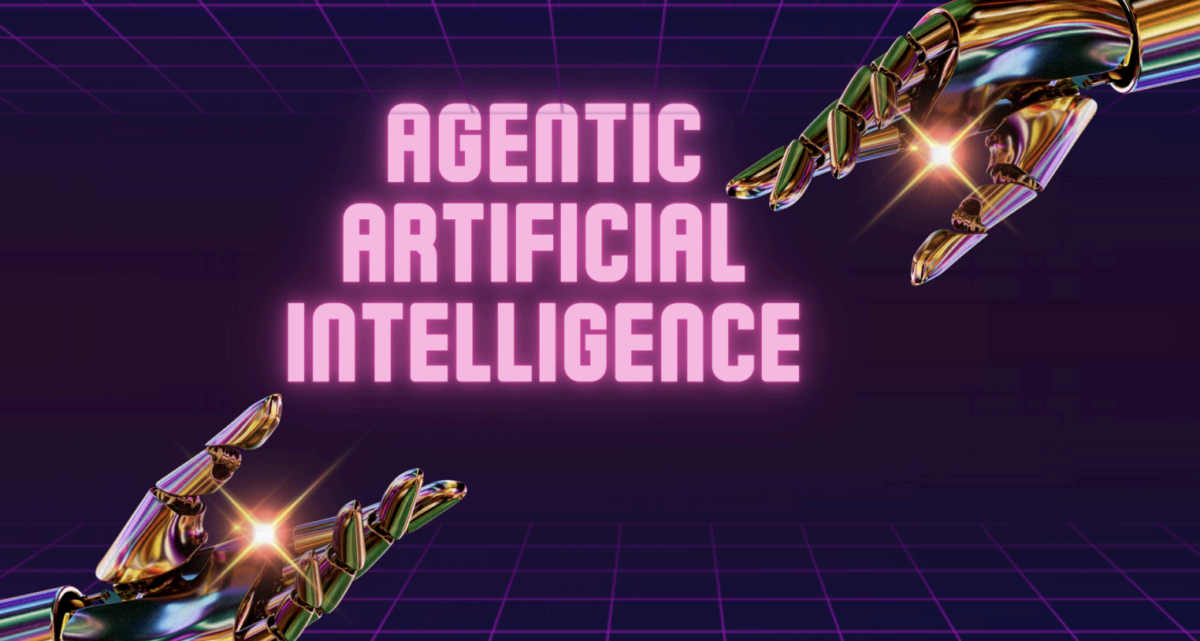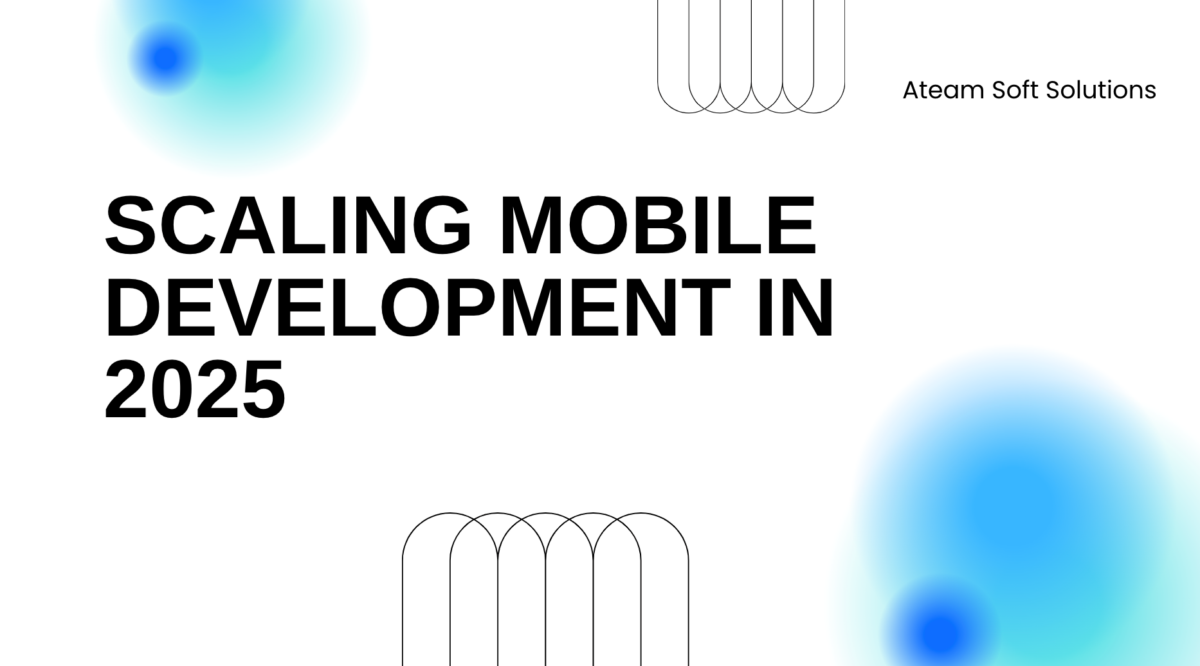This website uses cookies so that we can provide you with the best user experience possible. Cookie information is stored in your browser and performs functions such as recognising you when you return to our website and helping our team to understand which sections of the website you find most interesting and useful.
What is RPA Solution Design Phase?

Robotic Process Automation (RPA) has revolutionized business operations across various industries, driving efficiency and reducing the burden of repetitive tasks. The success of an RPA initiative, however, largely depends on the effective execution of its stages, particularly the solution design phase. This article provides an in-depth analysis of the RPA solution design phase and the integral role of the Solution Design Document (SDD).
An RPA Solution, coupled with mobile application development, brings powerful automation capabilities to the fingertips of businesses and users alike. RPA, or Robotic Process Automation, revolutionizes workflow efficiency by deploying software robots to automate repetitive tasks and streamline business processes. With the integration of mobile application development, these RPA Solutions enable businesses to extend their automation reach to the mobile landscape. By leveraging mobile applications, users gain the flexibility to initiate and monitor automated processes on the go, enhancing productivity and responsiveness. This seamless combination empowers organizations to unlock new levels of efficiency, reduce errors, and improve overall operational performance, all while embracing the mobile-centric nature of modern business environments.
What is the Solution Design Phase?
The solution design phase is a crucial stage in RPA implementation. It involves creating a detailed technical assessment and a Solution Design Document (SDD), which serves as the foundation for development. During this phase, the RPA solution architect and the business analysts ensure that the proposed solution meets industry standards and that the necessary infrastructure is available for design and implementation.
Key Steps in the Solution Design Process
The solution design process is typically divided into several key steps:
Process Definition Document (PDD) Approval: The PDD, which outlines the process to be automated, must be approved before the solution design phase begins.
Technical Assessment: The solution architect assesses the technical feasibility of automating the defined process, taking into account the existing IT infrastructure and any potential challenges.
Workflow Design: Based on the PDD and technical assessment, a workflow design for the solution is created.
Solution Design Document (SDD) Review and Approval: The SDD is reviewed and approved by the process owner, Center of Excellence (COE) management, and other stakeholders before moving to the development phase.
Project Plan Preparation: A project plan, outlining the timeline and resources required for the solution’s development and deployment, is prepared.
Role of the Solution Design Document (SDD)
Often referred to as the ‘technical bible’ for RPA implementation, the Solution Design Document captures all essential information for the development, testing, and deployment of the solution. It includes application and integration details specific to the process, data structures to be used, assumptions made during the design phase, and all requirements and exceptions related to the solution.
Best Practices for RPA Solution Design

A robust and effective solution design process incorporates a few key practices:
Emphasis on APIs
Whenever possible, using APIs instead of Graphical User Interface (GUI) routes is preferred in solution designing. It reduces the likelihood of bot failures due to interface changes and typically leads to more stable solutions.
Importance of Data Structures
Data structures are often overlooked, but they are vital for achieving optimal solutions with minimal complexity. Efficient data structure usage can result in simpler workflows, reducing the effort required in development and maintenance phases.
Transparency in Assumptions
The SDD should clearly outline any assumptions made during the design phase. Assumptions may not always hold true in reality, so it is critical to document them to manage expectations and minimize future conflicts.
Inclusion of Logs
The SDD should also specify the necessary logs, including business and exception logs. These logs are invaluable for troubleshooting and process auditing.
Importance of Data Structures in SDD
One of the most overlooked yet critical aspects of the SDD is the use of data structures. Efficient and effective data structures are key to achieving optimal RPA companies with minimal complexity. They enable seamless data manipulation and can significantly reduce the effort required in solution development.
Assumptions and Logs in SDD
The SDD should clearly outline any assumptions made during the design phase, as they may not always hold true in practical implementation. This transparency helps in mitigating potential risks and challenges during the development phase.
The SDD should also specify the necessary logs, including business and exception logs. These logs provide valuable insights during testing and deployment, facilitating error tracking and process optimization.
Integration Details and GUI Routes
In an era of interconnected systems, the SDD must capture the integration details of the RPA solution. It is generally advised to use Application Programming Interfaces (APIs) instead of Graphical User Interface (GUI) routes for solution designing. This approach enhances the solution’s robustness and scalability while reducing dependence on user interfaces that might change over time.
Review and Approval of the SDD
The role of the client or process owner is instrumental in reviewing and signing off on the SDD. This document essentially serves as a contract for what the solution will look like, so its approval is crucial before the development phase can begin. Ensuring that the SDD is clear, concise, and comprehensive helps avoid future issues and delays in the RPA implementation.
Conclusion
A well-executed solution design phase sets the stage for a successful RPA implementation. It requires a clear and concise SDD that is thoroughly reviewed and signed off on before moving to the development phase. This attention to detail helps prevent future issues and delays, paving the way for a smooth transition from design to development and, ultimately, a successful RPA deployment. The solution design phase is not just a step in the process; it’s an investment in the future efficiency and productivity of your organization.



